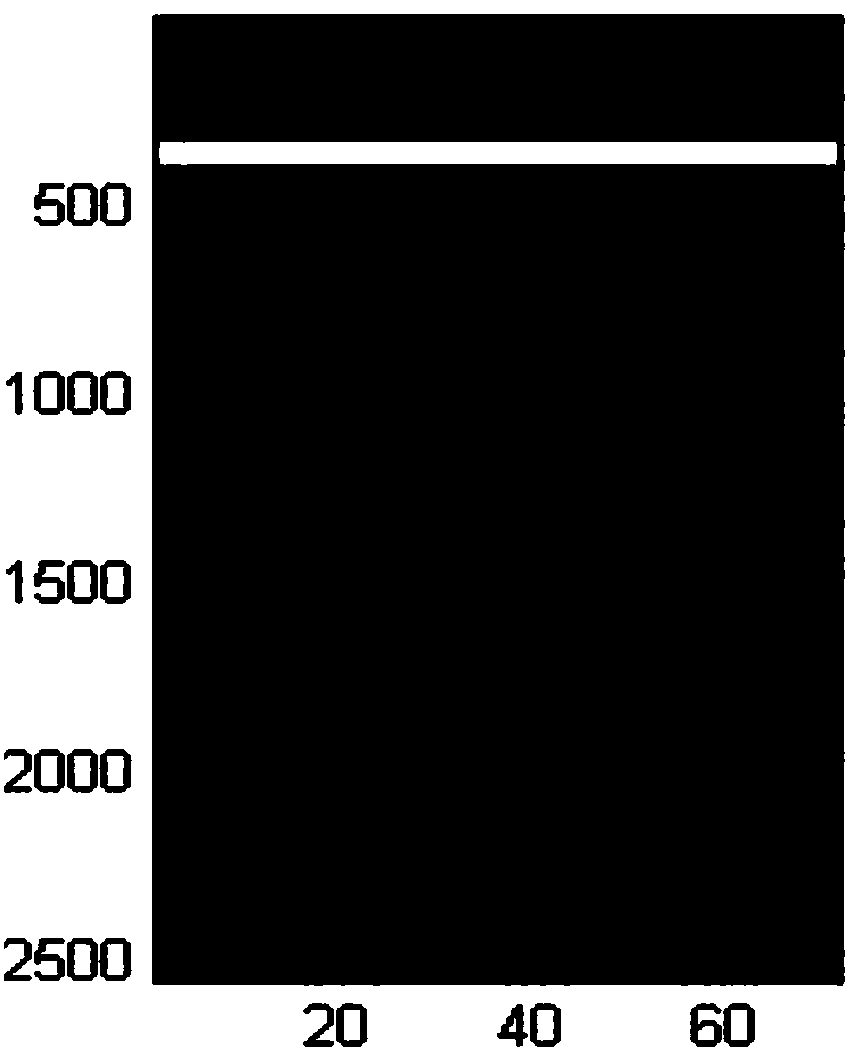SAR-based GPR multi-layer steel mat parameter detecting method
A technology of parameter detection and steel mesh, which is applied in the field of SAR-based GPR multi-layer steel mesh parameter detection, can solve problems such as slow speed, and achieve the effect of improving detection efficiency, GPR image resolution and recognizability
- Summary
- Abstract
- Description
- Claims
- Application Information
AI Technical Summary
Problems solved by technology
Method used
Image
Examples
Embodiment Construction
[0034] The present invention will be further described below in conjunction with the accompanying drawings.
[0035] The present invention is divided into three parts: 1. preprocessing; 2. 2-D offset imaging; 3. automatic extraction of image parameters. These three parts are explained separately below.
[0036] 1) Data preprocessing
[0037] In ground penetrating radar data, reflected waves caused by radar waves at different interfaces or noise in the environment will always appear at the same time position in the one-dimensional A-scan, and these clutters will produce a line in the two-dimensional B-scan image Horizontal line, which may obscure the target location. In addition, the electromagnetic wave of the transmitting antenna is reflected by the surface of the medium or directly received by the radar receiving antenna with the largest energy, which will be superimposed on the effective signal of the target. The target echo is submerged, thus forming a strong direct wav...
PUM
 Login to View More
Login to View More Abstract
Description
Claims
Application Information
 Login to View More
Login to View More - Generate Ideas
- Intellectual Property
- Life Sciences
- Materials
- Tech Scout
- Unparalleled Data Quality
- Higher Quality Content
- 60% Fewer Hallucinations
Browse by: Latest US Patents, China's latest patents, Technical Efficacy Thesaurus, Application Domain, Technology Topic, Popular Technical Reports.
© 2025 PatSnap. All rights reserved.Legal|Privacy policy|Modern Slavery Act Transparency Statement|Sitemap|About US| Contact US: help@patsnap.com



